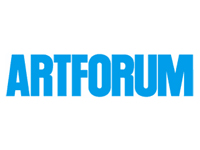
By Emily Hall
Andreas Gefeller's large-scale photographs are in fact assemblages of many smaller images seamlessly tiled: The artist employs a camera, mounted two yards from the ground, that inches over terrain-a driving range, a stadium, a frozen surface in Berlin-and records it as systematically as the cameras that rumble over the moon. The results are large, disconcertingly shiny, and somewhat slick, but they offer the too-infrequent experience of real dislocation, of really not knowing , at times, what you're looking at and how it has been achieved-even with full knowledge of his process. The scale created by the camera's fixed distance is provisional, zooming in and out; it seems to float much higher than a few feet, and yet the details (one can read the print on discarded lottery tickets) are utterly crisp, as though placed right before our eyes.
Gefeller operates in the gap that constitutes photography's credibility problem: By recording exactly what's there, he creates something hyperreal, and therefore suspect. In so doing, he engages photography's entire history, from long-exposure daguerreotypes to Andreas Gursky's enormous prints to Jeff Wall's rigorously manipulated "straight" photography, and even to Vito Acconci's experiments with taking pictures every time he blinked. Now that we know we can't trust a camera, Gefeller's rendition of reality is almost too clear to bear.